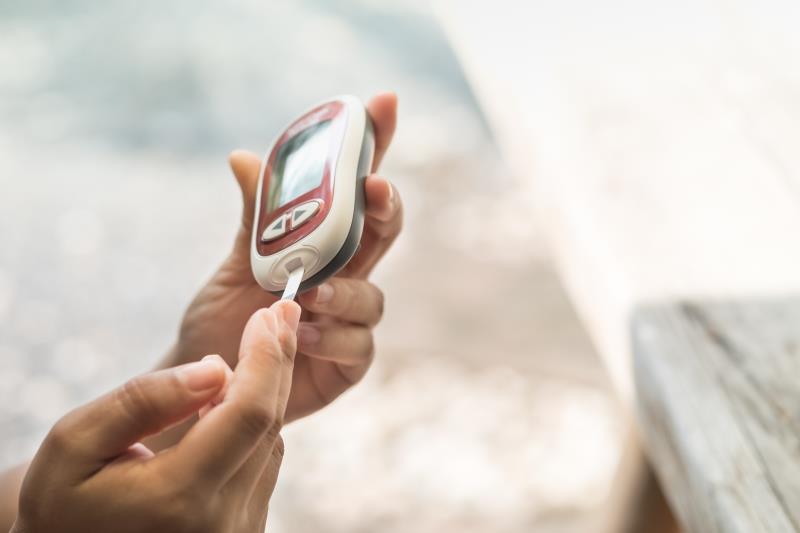
Providing free blood glucometers and related supplies for self-monitoring of blood glucose (SMBG) effectively improves self-care among patients with uncontrolled type 2 diabetes (T2D), according to a Singapore study.
“With the provision of SMBG supplies, the number of SMBG users nearly doubled to 68.3 percent and users increased their SMBG frequency to 2.20 days per week, indicating greater adherence to clinical recommendations,” reported the researchers led by Dr Joyce Lee Yu-chia from the Department of Pharmacy at the National University of Singapore, Singapore.
“The elimination of cost barriers through free provision of SMBG supplies may have been a major reason for the improvement in SMBG and subsequently self-care practice,” they said.
The prospective, multicentre study involved 150 adults (mean age 59.4 years, male 62.3 percent) with uncontrolled T2D (HbA1c >7.0 percent) and polypharmacy (receiving ≥5 chronic medications). All patients received a free blood glucometer together with supplies of test strips and lancets. They were also encouraged to learn about SMBG from their pharmacists. [Diabetes Res Clin Pract 2019;doi:10.1016/j.diabres.2019.107873]
After 6 months, the primary outcome of overall self-care activities were significantly improved by 0.58 point from baseline, as assessed on the Summary of Diabetes Self-care Activities questionnaire (p=0.008).
Components of self-care such as exercise (+0.61; p=0.220), foot care (+0.49; p=0.350), and diet (+0.44; p=0.018) also improved from baseline, although only the change in diet was significant.
By the study end, the proportion of patients who performed SMBG increased from 39.5 percent to 60.5 percent (p<0.001). In keeping with this, glycaemic control was also better, as indicated by a decrease in mean HbA1c levels from 8.39 percent at baseline to 7.95 percent at 6 months (p<0.001).
In the analysis stratified by insulin treatment, although both the insulin (+0.35; p=0.269) and noninsulin-treated (+0.70; p=0.014) patients saw improvement in overall self-care activities from baseline, only the changes in the noninsulin-treated group was significant.
“Since SMBG is not specifically indicated for noninsulin-treated patients, the significant increase in SMBG performance could have been attributed to the novelty of the experience,” suggested the researchers. “This study further demonstrated that improvements in self-care for noninsulin-treated patients are achievable with SMBG provision.”
In particular, significant improvements were seen for the SMBG component (+1.15; p=0.009) and diet (+0.53; p=0.040). Although there were improvements in foot care (+0.66; p=0.290) and exercise (+0.62; p=0.429), the changes were not significant.
Importantly, improvement in SMBG score was significantly associated with a positive change in the overall self-care score (p=0.01).
“These associations strengthen our earlier observation that provision of SMBG supplies facilitated improvements in overall self-care through improving the practice of multiple specific self-care activities,” said Lee and co-authors.
“The provision of SMBG supplies was also shown to be an effective method of improving the practice of self-care activities in the short-term.”
As the duration of the study was short, the researchers said the long-term impact of giving out SMBG supplies for free could not be determined. The study could also be limited by recall and social desirability biases arising from the retrospective nature of the study.
“SMBG has important implications for patients as well as their healthcare teams,” explained Lee and co-authors. “With the SMBG readings, patients can adjust their self-care activities subsequently … For healthcare professionals, SMBG readings can be utilized to assess therapy effectiveness [and] perform dose adjustments.”